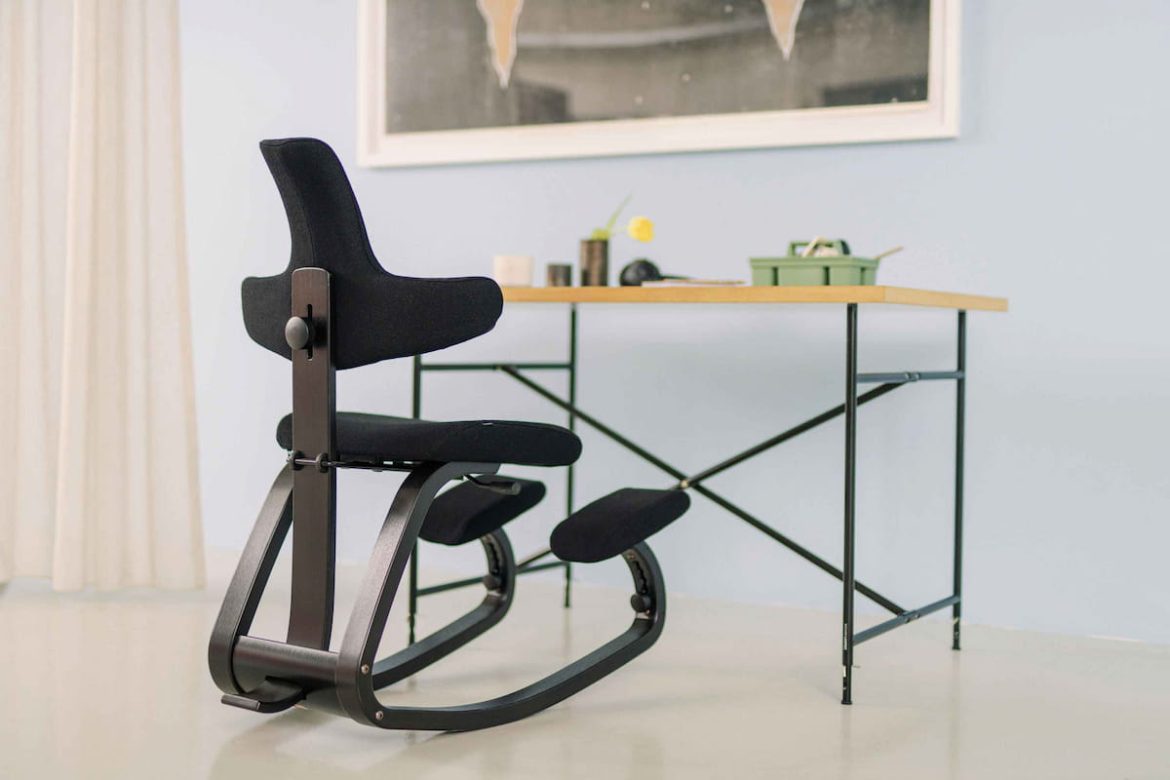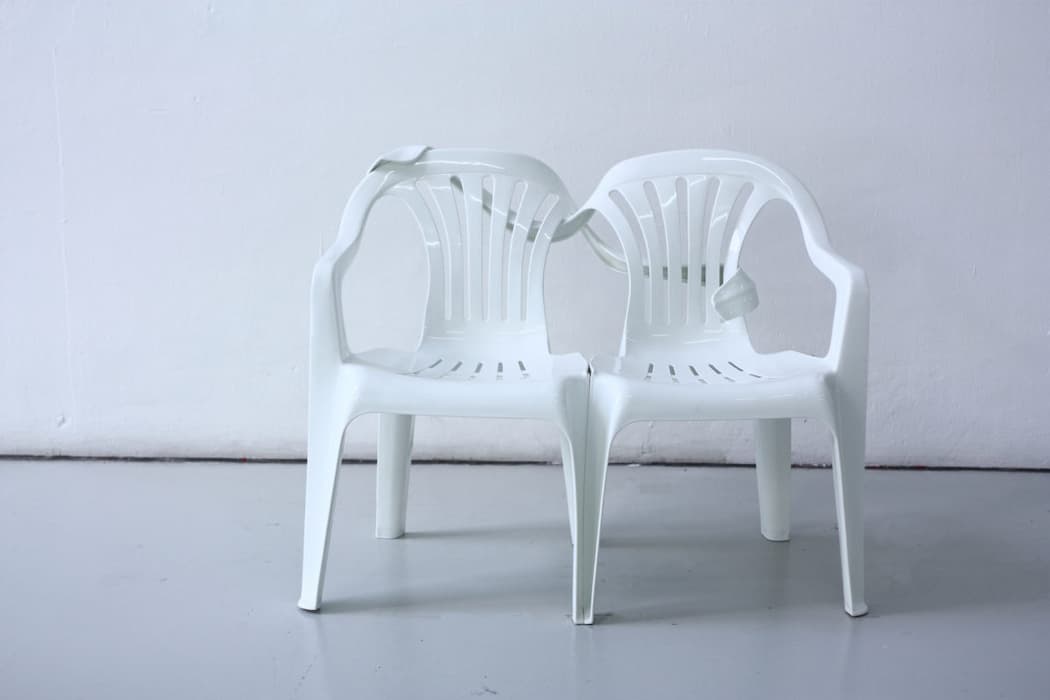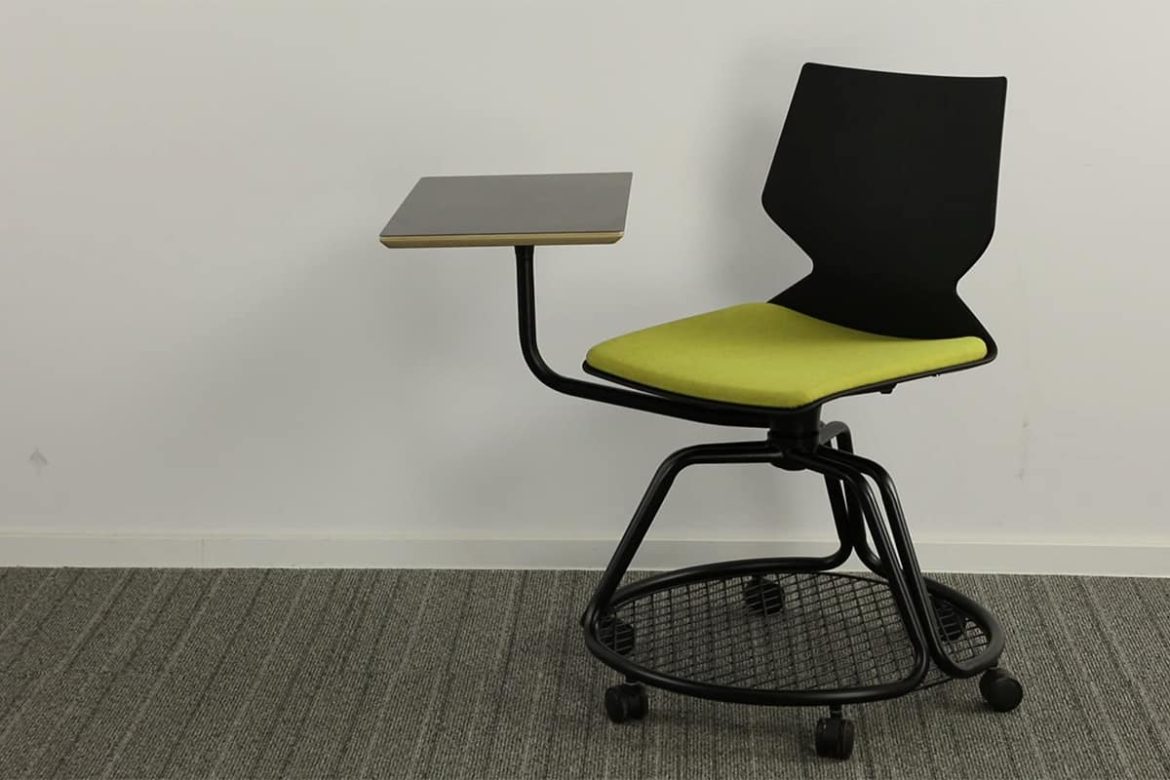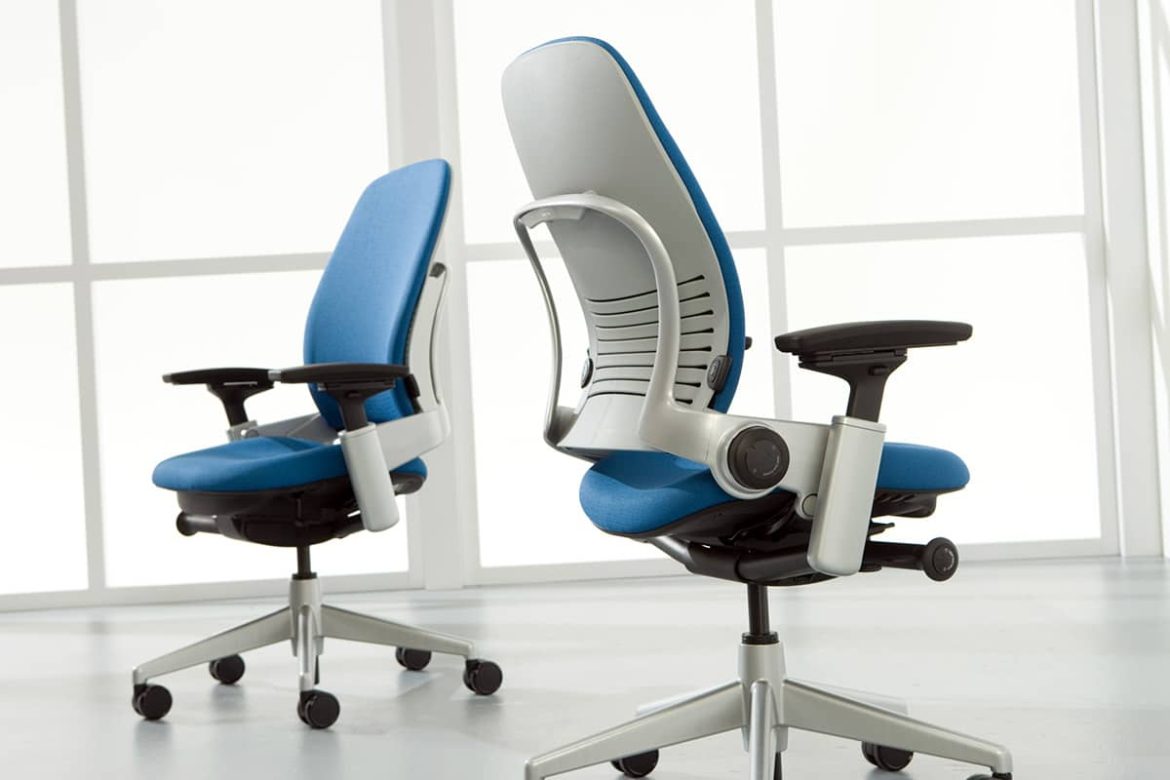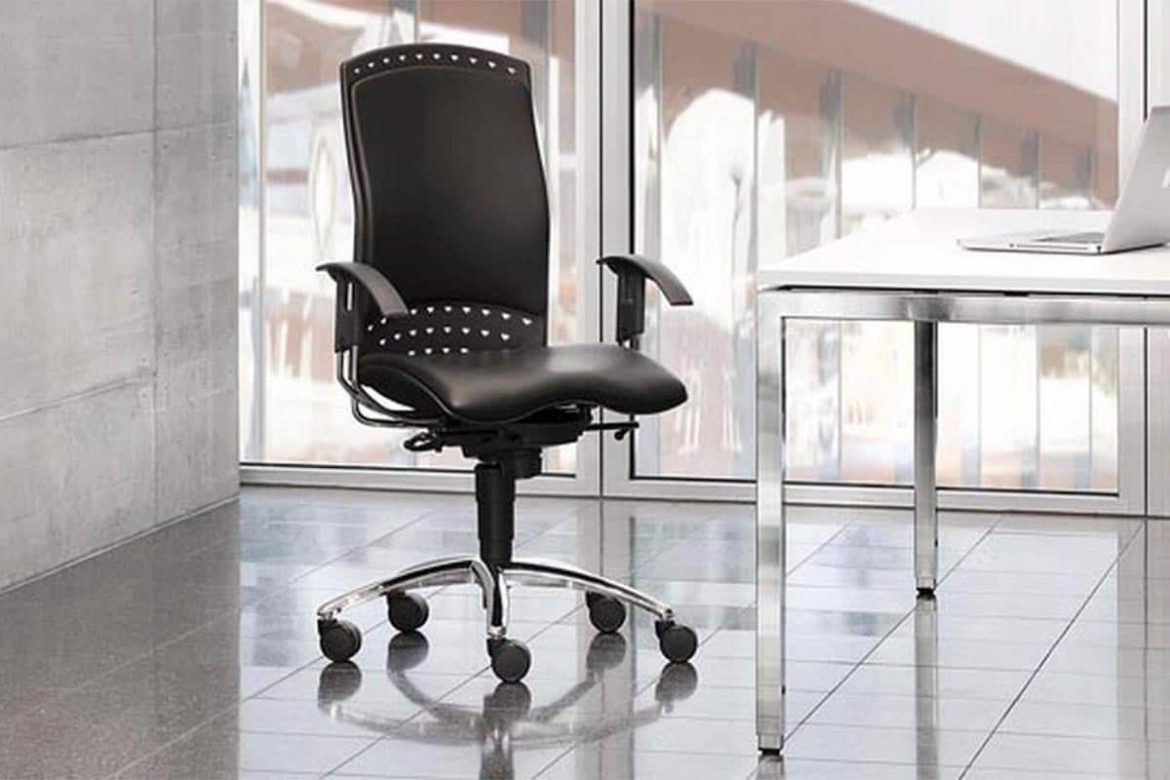bathroom vanity height for wheelchair access
For wheelchair users to access the vanity more easily, the height of the bathroom vanity should be able to be adjusted in some way
The knee clearance under sinks in bathrooms that access to wheelchair users must be 27 inches high, 30 inches wide, and 11 to 25 inches deep
Sinks in the wheelchair-access bathroom cannot be more than 34 inches above the floor
Height and Clearance If the sink is going to be used by adults, there should not be more than 34 inches of space between the bottom of the sink and the floor
Under the sink should have a height clearance of 29 inches, a width of 30 inches, and a depth of 25 inches at the very least
These measurements will need to be reduced by approximately five inches in order to accommodate a child
The easiest way to accomplish this is to install a lavatory that is mounted to the wall; however, if you prefer countertops, you can instead install a vanity that has the required amount of open space under the sink
Insulating the pipes that are located beneath the sink is necessary in order to avoid scalding

Accessible designs for faucets include levers that can be operated with one hand and require no more than 5 pounds of force to fully engage
If you would rather use motion-activated faucets, keep in mind that you will need to leave the water running for at least ten seconds before the faucets will shut off by themselves
A sink should either be mounted on the wall so that there is no cabinet underneath it or it should have sufficient clearance so that there is open knee space for users who are seated or standing
Either a sink that can be approached from one side or one that can be approached from the front must have a maximum rim height of 34 inches and a clearance for knees of 27 inches if the front-facing sink is to be used
Installing hands-free faucets with a sensor that detects hands placed under the faucet or single-handle faucets that can be turned on and adjusted without grabbing or twisting will make the sink more accessible
Installing a mirror that has a low profile, a mirror that is extra long, or a mirror that tilts so that everyone can use it
When a grab bar is not within reach, using sturdy furniture or the vanity as something to grab onto to navigate around the bathroom is a good alternative
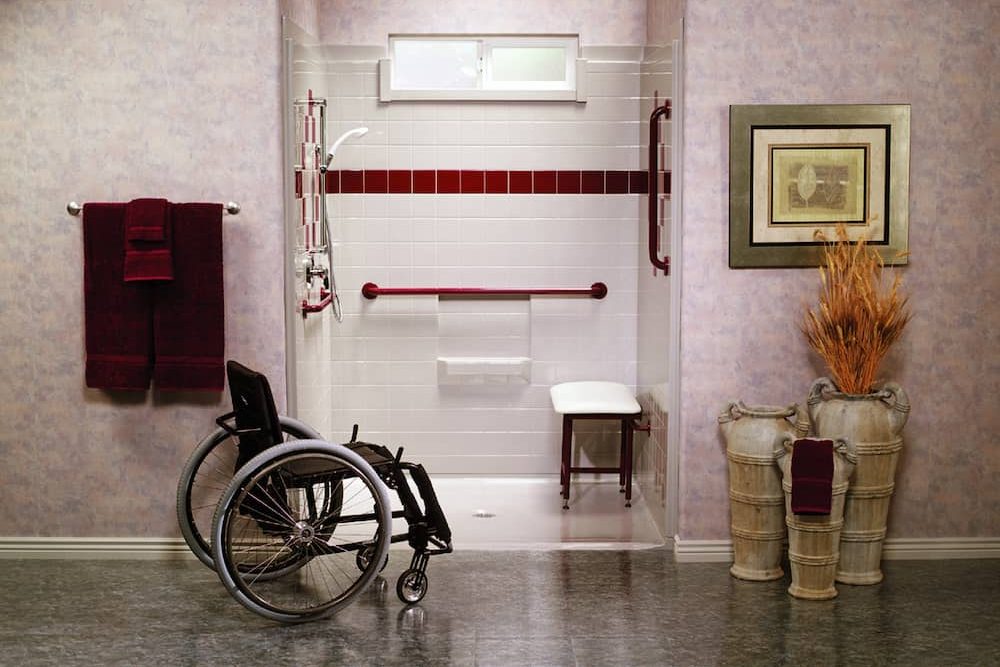
Take into consideration the optimal placement for items such as dental care, prescriptions, eye care/contact lenses, and first-aid supplies
Other items, such as hair dryers, curling irons, makeup, bathroom linens, and bath cleaning supplies, should be considered for storage and accessibility as well
The number of storage options can be significantly increased by installing low drawers that pull out
Although more expensive, vanities that have height counters that can be electrically adjusted provide accessibility for all users of the bathroom
Wheelchair Bathroom Vanity with Adjustable Height
The vast majority of sinks that have their height adjusted are attached to a track that is attached to the wall
This allows for both vertical and horizontal adjustment
They are of particular use in healthcare facilities, which must cater to patients of varying ages, sizes, and conditions, and they are effective in doing so
The fact that these washbasins can be adjusted to a variety of heights makes them suitable for use by individuals of a wide range of heights and body types
Many of these models also come with accessories, such as handrails and other features, that are designed to meet the requirements of the user as well as the requirements of their caretakers
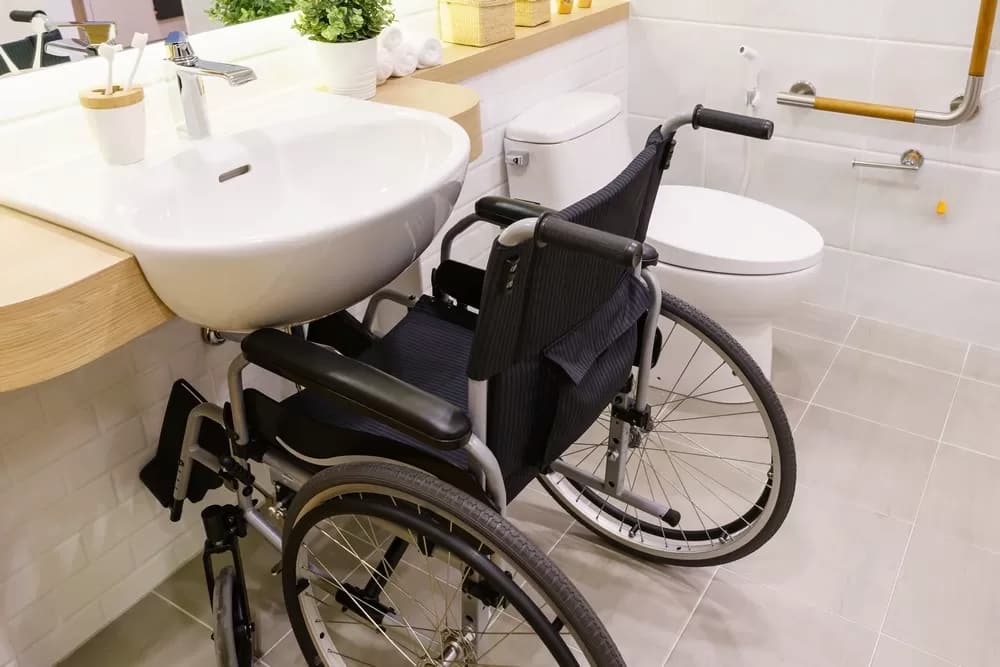
bathroom vanity for wheelchair access
We are going to talk about the importance of bathroom vanity for individuals who use a wheelchair and how these vanities enhance access, ease of use, and safety in both public and private restrooms for a wide range of users
A bathroom sink that is wheelchair accessible can be used by those in wheelchairs
Simply put, they comply with the Americans with Disabilities Act’s (ADA) bare minimum standards for height, clearance, and depth to make it easier for people in wheelchairs to access
Many modern designs go beyond these requirements, though, by making using the sink easier and safer for both users and caregivers
Examples of such layouts include safety rails for the elderly or disabled, height-adjustable seating for a range of users, and smooth, uncomplicated surfaces that are simple to clean
Where Can I Find Sinks That a Wheelchair Can Easily Access? The Americans with Disabilities Act (ADA) only mandates handicap sinks in public buildings, but many businesses and facilities go above and beyond
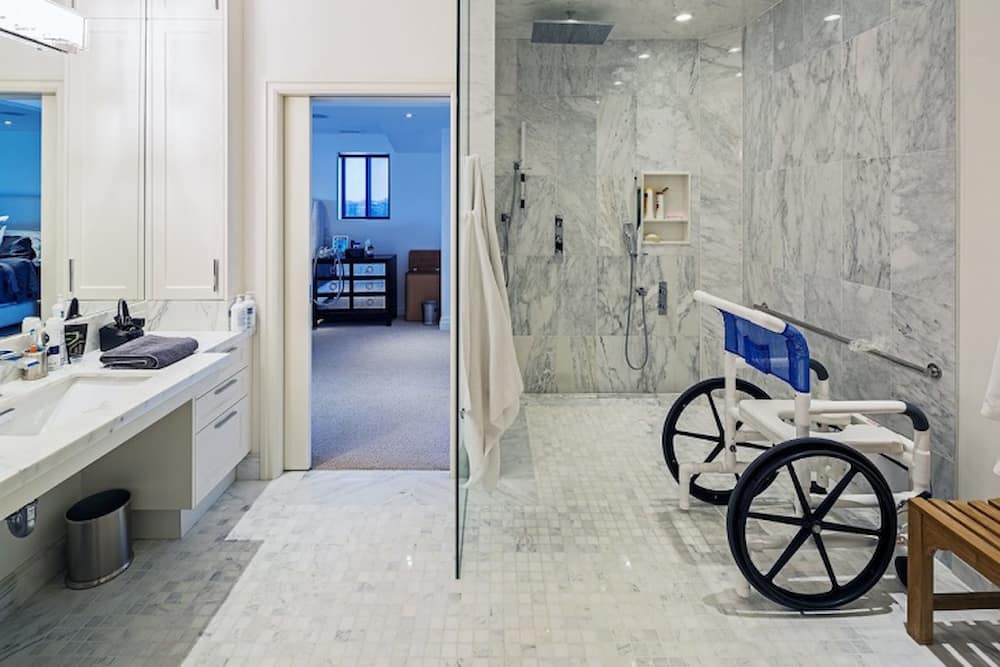
Wheelchair-accessible sinks are not only available in homes and other older structures, which are required to have them installed
Sinks that are easily accessible are typically located where follows: Commercial Facilities Although it is required by law that all newly built businesses have at least one accessible restroom, many places that cater to large crowds, like theaters, supermarkets, shopping malls, and hotels, voluntarily add extra features to their restrooms to make them more accessible for those with disabilities
Domestic Zones Even though the Americans with Disabilities Act (ADA) does not apply to private homes, many people with disabilities or mobility issues, as well as those who provide care for a loved one who is disabled or elderly, decide to install wheelchair sinks for their security and comfort
The “aging in place” movement, which supports keeping seniors in their homes so they can age in place with dignity and autonomy, is particularly fond of bathrooms that are wheelchair accessible
When installing a wheelchair sink in the house, there is a lot of room for customization
Health care facilities Sinks that are wheelchair accessible are frequently used in places like hospitals and assisted living facilities that house a lot of weak or disabled people
These establishments frequently install sinks with movable parts in order to accommodate a variety of customers’ needs

